As a scientific career unit, directly under the Ministry of Culture, Sports and Tourism, with the function of researching, advising on policies and strategies, implementing scientific activities on culture, art, family, culture in tourism, culture in sports... Vietnam National Institute of Culture and Arts has been making efforts to transform, change creative thinking and awareness to suit the current digital transformation trend.
In the cultural field, digital transformation is considered an important content, aiming to improve the efficiency of management and development of the industry, with the goal of preserving, exploiting and effectively using cultural resources, meeting the needs of research, study, teaching and promoting the image of the country and people of Vietnam to international friends. In addition, innovation and digital transformation are playing an increasingly important role in the development process of each country, so building a database (DB) of the cultural industry is extremely necessary.
Thereby, as a scientific career unit, directly under the Ministry of Culture, Sports and Tourism, with the function of researching, advising on policies and strategies, implementing scientific activities on culture, art, family, culture in tourism, culture in sports, postgraduate training on culture, art and tourism culture, the Vietnam National Institute of Culture and Arts has been making efforts to transform itself, change creative thinking and awareness to suit the current digital transformation trend.
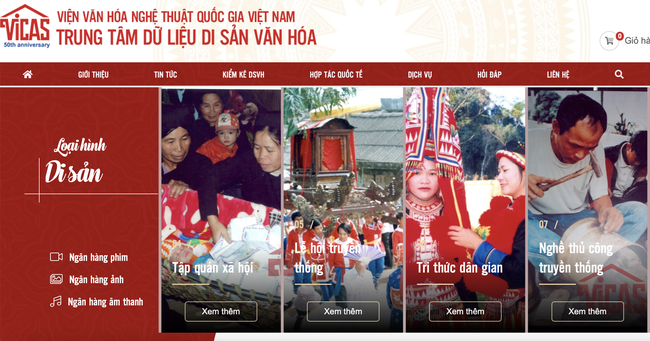
The Vietnam National Institute of Culture and Arts Studies is one of the pioneers in preserving Intangible Cultural Heritage.
According to the representative of the Vietnam National Institute of Culture and Arts, in recent years, the Institute has gradually applied information technology in state management activities, digitized and provided information on national culture and arts on the Internet environment, thereby contributing to promoting, protecting and developing cultural heritage values to convey cultural messages, so that culture truly becomes the spiritual foundation of society and sustainable development.
The Institute has paid attention to and built common databases such as: Building databases, digitizing intangible cultural heritages from old devices to transfer to storage and exploitation on the Internet environment (in formats such as video clips...); Building databases on cadres, civil servants, public employees and workers: The system and database will be put into use from March 2022. The system creates databases, allowing management, statistics, and reporting of data related to cadres, civil servants, public employees and workers of the Institute; Building a training management software system (postgraduate) and a scientific management software system; Building the Institute's electronic information portal system and component portals; Koha open source software library; The Institute's electronic library software system.
The Vietnam National Institute of Culture and Arts Studies is one of the pioneers in preserving Intangible Cultural Heritage (ICH) by collecting written documents, recording videos, and recording moving images of various cultural forms. Since 1997, the Vietnam National Institute of Culture and Arts Studies has been assigned to manage and carry out the task of collecting, preserving and promoting the value of intangible cultural heritage of Vietnamese ethnic groups in the National Target Program on Culture for the period 2012-2015 and later in a number of projects under the National Target Program on Cultural Development for the period 2025-2035.
After more than 25 years of implementing the Program, up to now, a large amount of data on moving and still images, scientific reports on intangible cultural heritage of Vietnamese ethnic groups have been and are being stored at the Cultural Heritage Data Center and the Information Center, Library, National Institute of Culture and Arts: Video tapes: 5,688 tapes of all kinds, of which raw materials: 5,072 tapes, Scientific films: 616 tapes; Photo albums: 980 volumes = 91,648 photos; Scientific reports: 791 projects. Up to now, the Institute has digitized more than 700 scientific reports, 1,154 scientific and documentary film tapes and 40,000 photos, and has been and is creating a database for the Intangible Cultural Heritage project.
The Institute has also built a book database with more than 7,700 records, focusing on the fields of culture and art. It is only in the form of bibliographic records, but users can look up this database on the Institute's library software anywhere with a network system.
Previously, the database was managed using Koha open source software, but since 2023, electronic library software has been introduced and used. Currently, the Institute's electronic library software has fully supported the automation of library information operations, contributing to the creation of a search engine to serve different search needs. The electronic library software system has inherited and made maximum use of existing information technology infrastructure and database software, meeting the requirements of a modern, specialized electronic library system to serve the management needs of the unit. At the end of 2023, the Institute has initially digitized more than 150 internal books published or co-published by the Institute. These books are only in archive form, and there is no plan to release the full text.
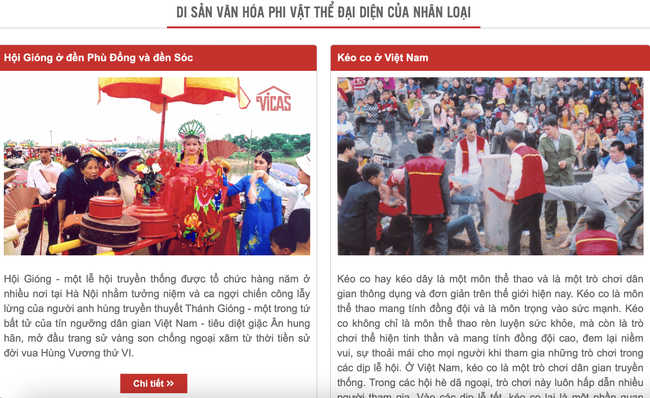
Thereby contributing to promoting, protecting and developing cultural heritage values.
However, in addition to the achieved results, the work of building a specialized database on culture at the National Institute of Culture and Arts also revealed some limitations: The digitization part to create a specialized database only focuses on the topic of intangible cultural projects, while the tangible cultural section has not yet been planned to be created. In the database of intangible cultural topics, the updated information is not yet complete, which affects the exploitation and search of information in the database. Building a database is a complicated process, requiring high professional skills and information technology level. In addition, the regular funding for digitization work is limited while the amount of documents that need to be digitized to create a full-text database of the Information Center, Library and Heritage Data Center data is still large.
Thereby, to build a database that ensures "correctness, completeness, cleanliness, and liveness", the representative of the Vietnam National Institute of Culture and Arts said: "It is necessary to arrange human resources and apply information technology to regularly update data, ensuring completeness and accuracy. Building a cultural sector database requires coordination with units, sharing data, and avoiding waste. At the same time, supplementing and upgrading the equipment system to ensure the storage and preservation of documents and scientific works that have been collected, researched, and published through many generations"./.
Source: https://bvhttdl.gov.vn/xay-dung-co-so-du-lieu-nganh-van-hoa-la-vo-cung-can-thiet-2024100815414209.htm


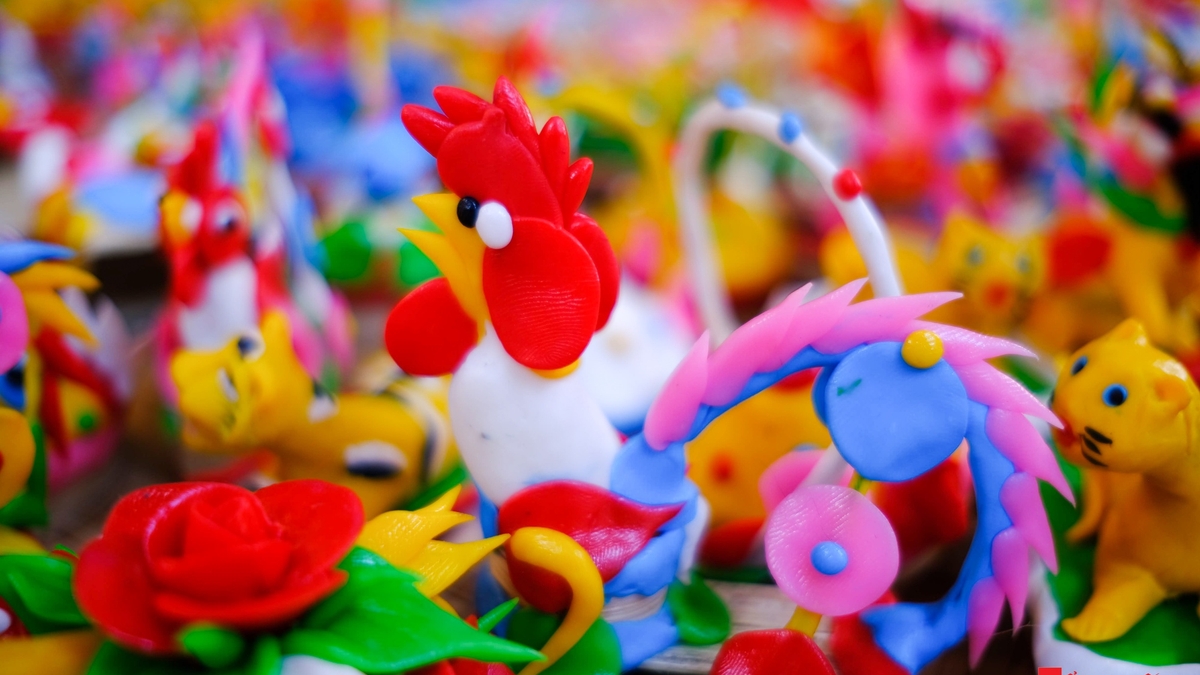



![[Photo] General Secretary To Lam attends the 1st Congress of the Central Party Committee of the Fatherland Front and Central Mass Organizations](https://vphoto.vietnam.vn/thumb/1200x675/vietnam/resource/IMAGE/2025/9/23/2aa63d072cab4105a113d4fc0c68a839)












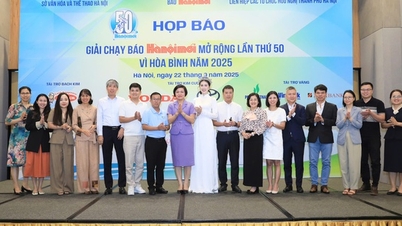



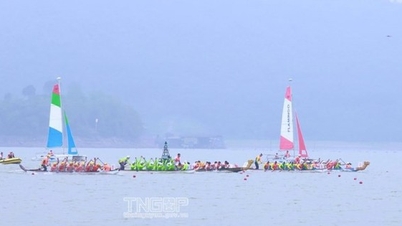
![[Photo] Prime Minister Pham Minh Chinh chairs the first meeting of the Central Steering Committee on housing policy and real estate market](https://vphoto.vietnam.vn/thumb/1200x675/vietnam/resource/IMAGE/2025/9/22/c0f42b88c6284975b4bcfcf5b17656e7)


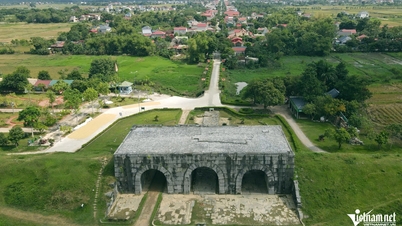





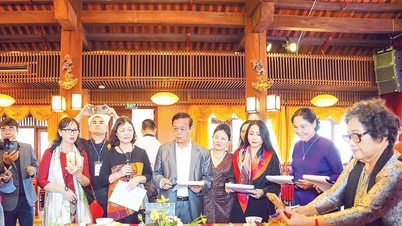





















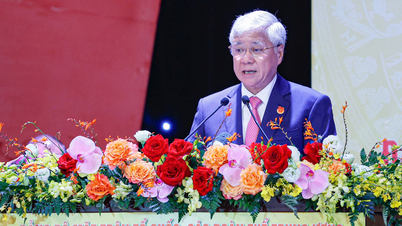












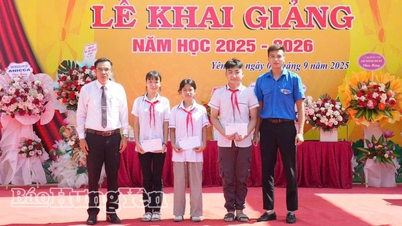





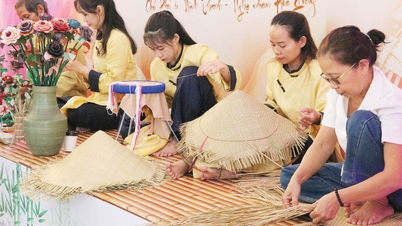






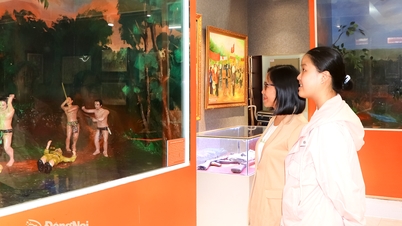


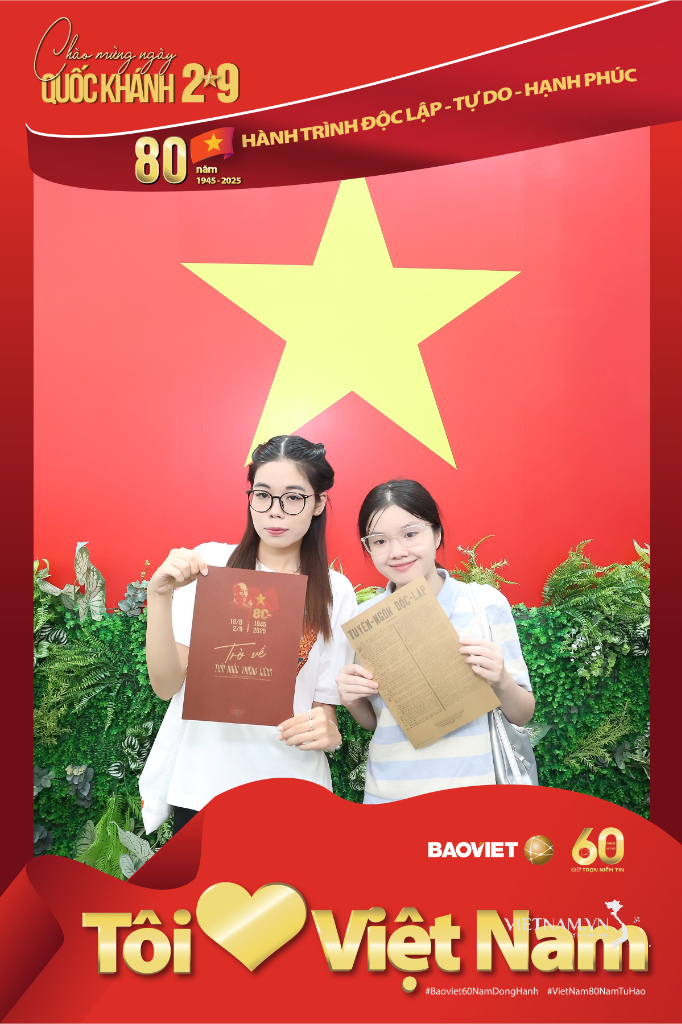



Comment (0)